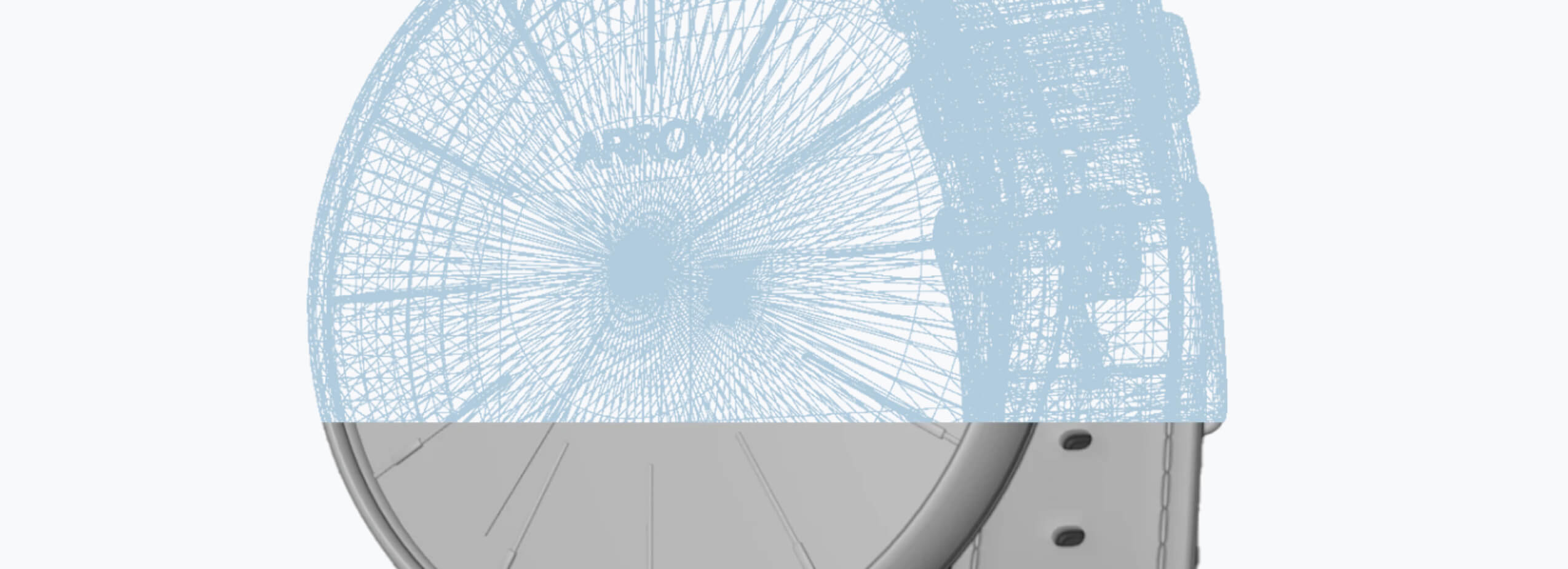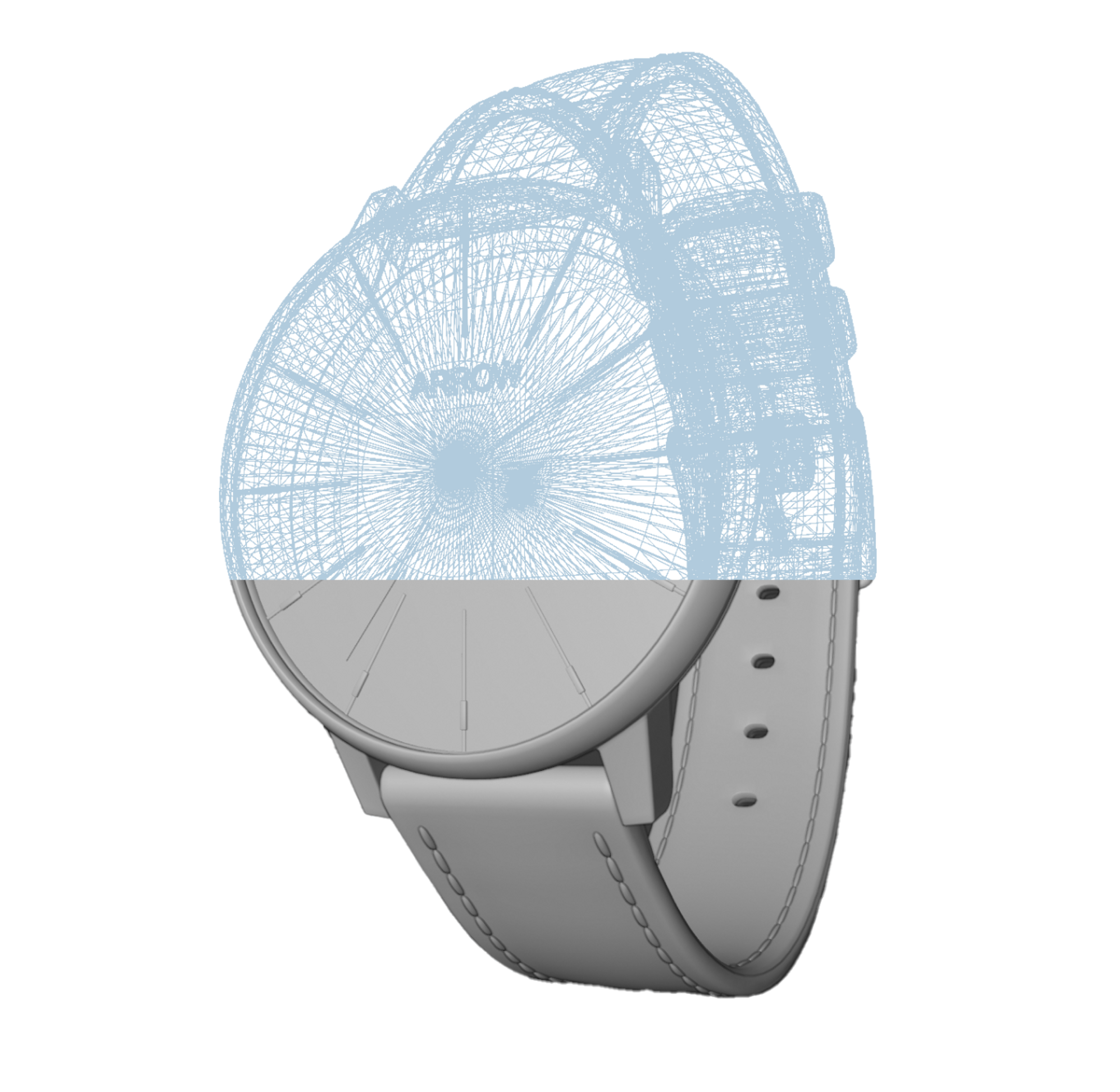3D and AR require more than a JPEG to function, but what files types can you start with to get to 3D?


What are the file formats for 3D and augmented reality assets?
Where most users are familiar with file formats such as .doc, PDFs, and JPEGs, 3D and AR require different file types to work properly.
A variety of 3D file formats have been created over the years, either to serve a specific purpose such as animation or 3D printing, or by creators or platforms who have established their own format to be used with their programs. More recently a push for open source 3D file formats has been made, allowing creators to share files across platforms. While there are still many formats used in 3D and AR creation, there are a handful that have become dominant, and even fewer that are setting the standard.
What 3D File Formats Does Dopple Use?
Dopple is a member of the Khronos Group, and our platform is designed to work with the open source file formats created by Khronos. These are GLB and glTF.
These formats are described as the first well defined standard for 3D, which is largely accountable for their popularity in 3D web and AR. GLB and glTF support elements such as geometry, materials, textures, colors, and animations. They also support physical based rendering (PBR), which allows light and shadows to be more realistic in a 3D or augmented reality setting.
The key difference between GLB and glTF is how the format stores data. glTF is based on JSON and stores some information in external files. Elements such as textures, geometry or shaders are stored in external files for glTF, whereas GLB files store all of the information internally.
What File Formats Do I Need To Work With Dopple?
Dopple uses glTF and GLB files to bring products to life online, but if you do not have these files ready to go, we can work with you to create the files needed to create your 3D or AR experience.